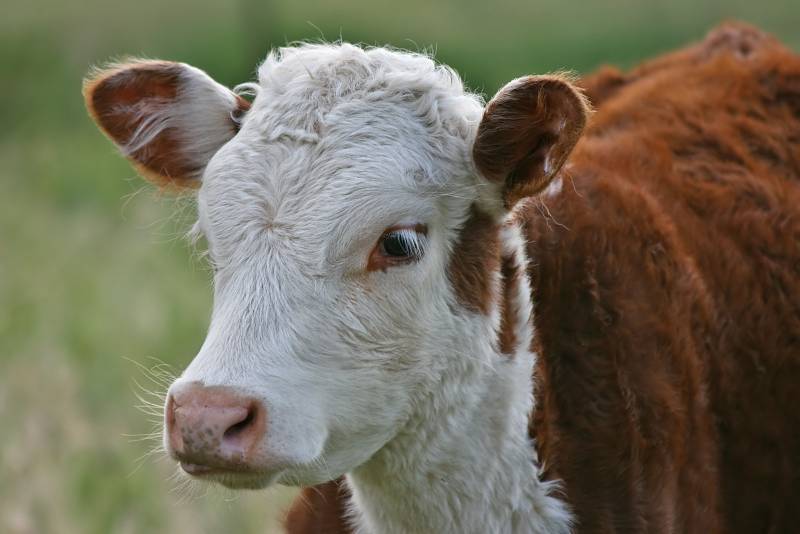
Farmers have been urged to keep on the look out for cattle disease Blackleg as cases continue to rise throughout the autumn months.
Clostridial disease, or Blackleg, was the second most-common diagnosis made when growing cattle underwent post-mortem examinations at Farm Post Mortems between June and August 2017.
It is most commonly caused by the bacteria Clostridium chauvoei which is normally found in soil and the faeces of cattle.
Infection most often affects young growing animals, with an increase of cases seen when animals are turned out. Outbreaks may occur, especially where earthworks are being undertaken on farm due to exposed bacteria in soil.
The bacteria form spores, which after being eaten by cattle can be absorbed into the blood stream and then lie dormant in the muscle.
Damage from trauma, such as injuries at the feed barrier or bruising during bulling behaviour, provide the right conditions within the muscle for the spores to ‘wake up’.
The bacteria then proliferate and damage the muscle tissue. Cases of blackleg with no history of trauma can also be seen and may be associated with exposure to a particularly heavy load of bacteria.
Affected animals are usually found dead, but cattle can have a high temperature (>41°c), be depressed and off their food. Where the muscle of one leg is affected, sudden onset lameness may be seen.
Affected muscles are filled with gas bubbles and can feel swollen and crackly under the skin. An initial diagnosis can be made on history, clinical signs and post-mortem findings, but laboratory tests are required to confirm the diagnosis.
Katie Waine, currently undertaking a pathology fellowship funded by AHDB Beef & Lamb and MSD Animal Health has continued to see this rise through September and October.
She said: "Prevention by vaccination is the best approach as treatment with antibiotics is unlikely to be effective unless started in the very early stages. Vaccines are cheap and highly effective.
"Vaccinations should be given to animals from three months of age onwards and cattle will require two injections spaced three to four weeks apart."
